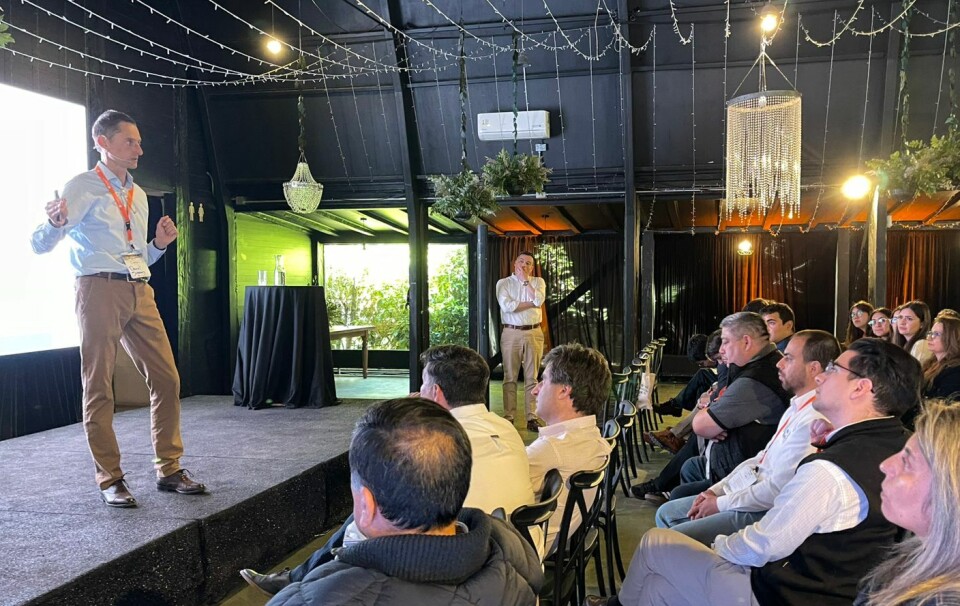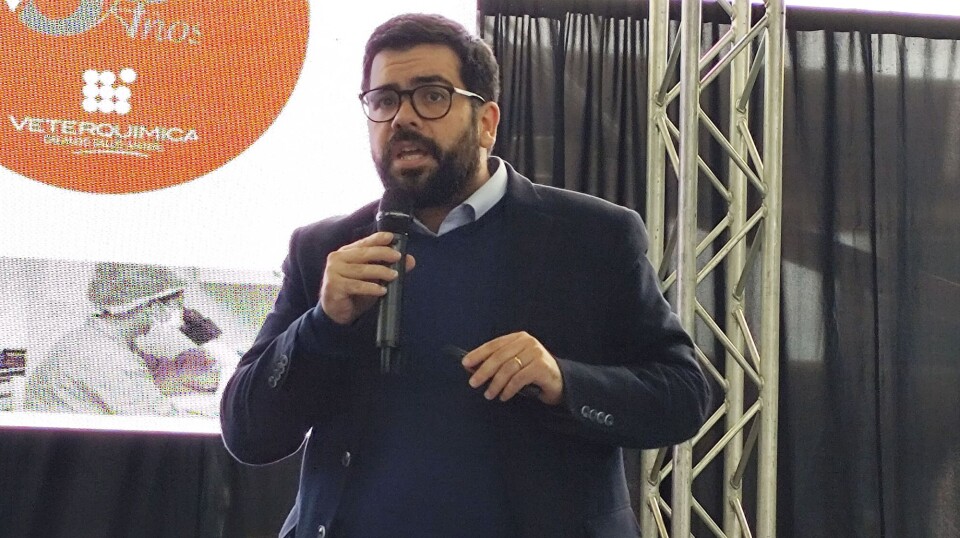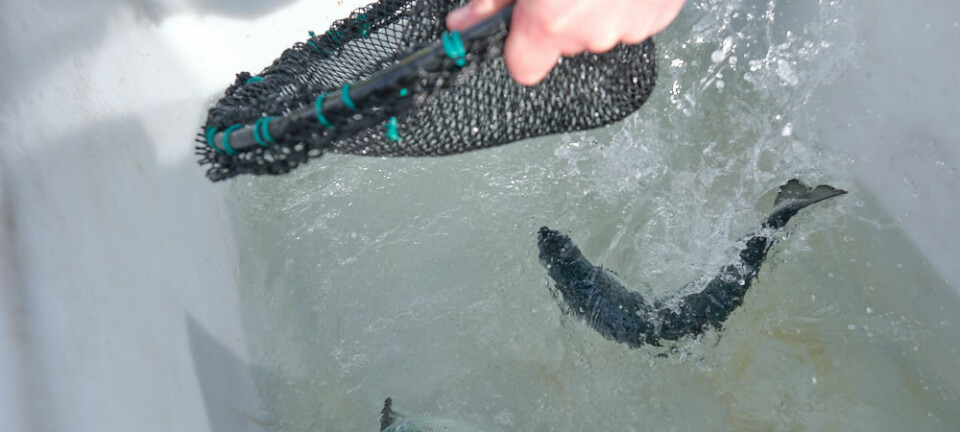
Study: antibiotic injection is better than in-feed treatment for SRS
The administration of antibiotics by injection instead of medicated feed offers greater therapeutic precision and a lower environmental impact, salmon sector experts in Chile have been told.
Daniel Jiménez, senior analyst at analytics company Aquabench, presented the study “Injectable Oxytetracycline in Atlantic Salmon: Safety and Effectiveness Against Piscirickettsiosis” at a seminar organised by pharma and fish health services supplier Veterquimica this week, reports Fish Farming Expert's Chilean sister site, Salmonexpert.cl.
The study focused on one of the main bacterial diseases affecting Chilean salmon farming - salmonid rickettsial septicemia (SRS) - caused by Piscirickettsia salmonis.
A full dose
Jiménez said injection ensures that each fish receives the full dose and also allows for the detection and removal of infected fish during the process, improving health monitoring and the efficiency of treatment programmes.
The study, which analysed data from over 10 billion fish between 2017 and 2024, demonstrated that injectable the antibiotic oxytetracycline halves SRS mortality, reduces total antibiotic use by 26%, and increases harvest weight by 23%. Jiménez emphasised that its effectiveness depends on factors such as the fish’s weight at the time of injection and the speed of the procedure, concluding that this strategy represents “a safe, effective, and sustainable tool for strengthening the health and productivity of aquaculture”.

Matías Poblete, technical deputy manager of biologicals at Veterquimica, presented a comprehensive analysis of furunculosis in salmonids, a disease caused by the bacterium Aeromonas salmonicida.
Poblete highlighted the emergence of new atypical taxa in Chile, whose strains exhibit genetic and phenotypic variations compared to reference strains, complicating their identification using traditional methods. He also emphasised the relevance of coinfections with IPN, PRV, and Flavobacterium, which can influence disease severity. Poblete stressed the importance of maintaining active and unified diagnostic surveillance among laboratories as a key tool for salmon health management in Chile.
Poblete also highlighted the importance of the S-layer and the VAP A gene in bacterial virulence, key factors in fish mortality. In his presentation, he stated that AeroVac-type vaccines, which include VAP-positive strains, proved effective against highly virulent atypical strains, reinforcing vaccination as a crucial tool in furunculosis control.
























































